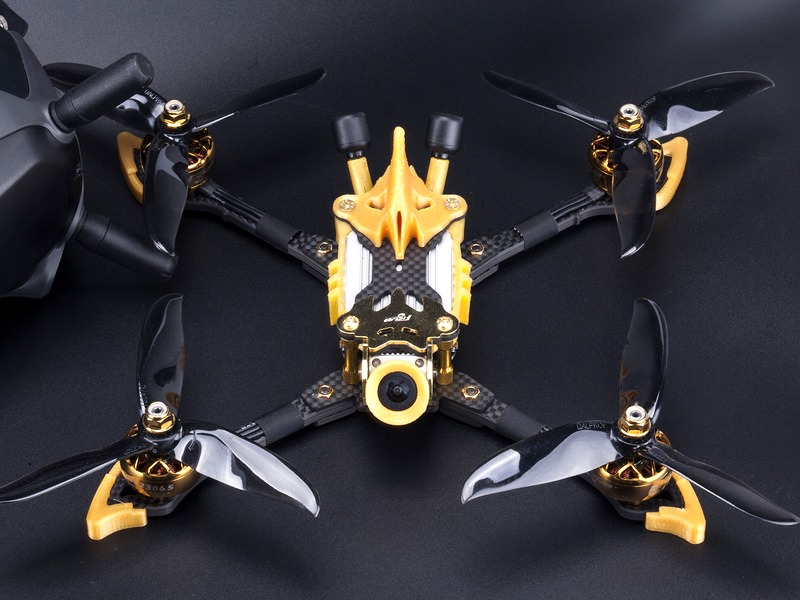Can ATC see my drone?

At first glance, the question of whether or not Air Traffic Control (ATC) can see a drone may appear to be a simple one. But in reality, the answer is much more complex.
The first thing to understand is that ATC has very limited visibility when it comes to drones. This is because drones are typically classified as Unmanned Aircraft Systems (UAS) and therefore are not required to follow the same rules as manned aircraft. This means that ATC does not have direct access to the GPS systems on UAS which would give them visibility into the drone's location.
Another limitation to ATC's visibility into drones is the fact that they are typically very small and can easily blend in with other aerial objects such as birds or aircraft. This makes them difficult to spot at a distance or in certain weather conditions.
Finally, ATC can only detect drones that are in their airspace. This is because they rely on radio signals and other detection equipment to be able to sense and track aircraft. If a drone is outside of the ATC's airspace, then they will not be able to detect it.
So, to answer the question of whether or not ATC can see a drone, the answer is yes and no. Yes, ATC does have limited visibility into drones, but it is only within the scope of their airspace and capabilities. On the other hand, no, ATC does not have access to the GPS signals on drones, therefore making it difficult for them to detect them at a distance.

